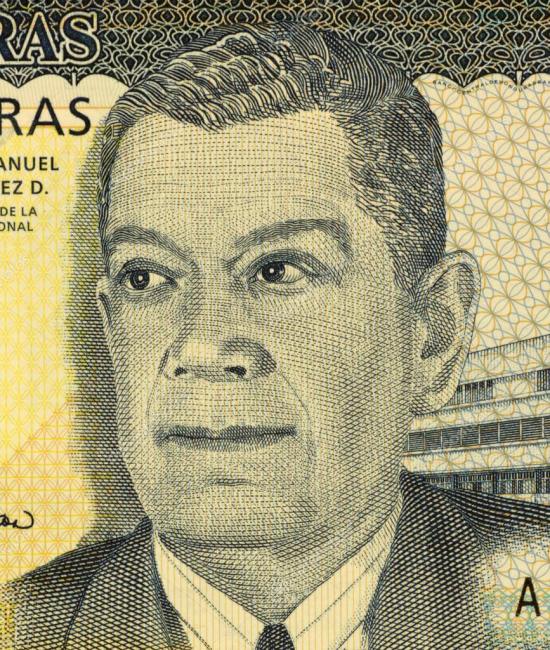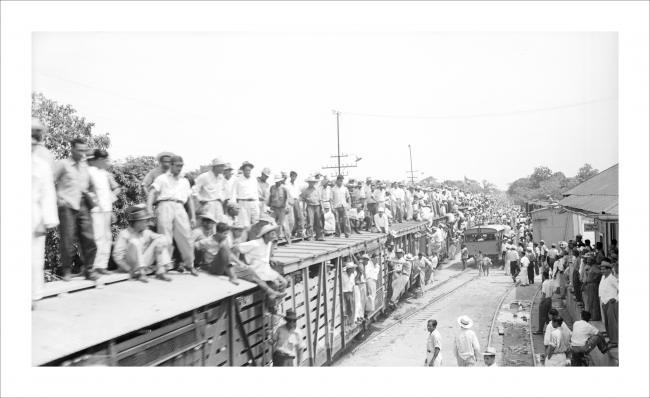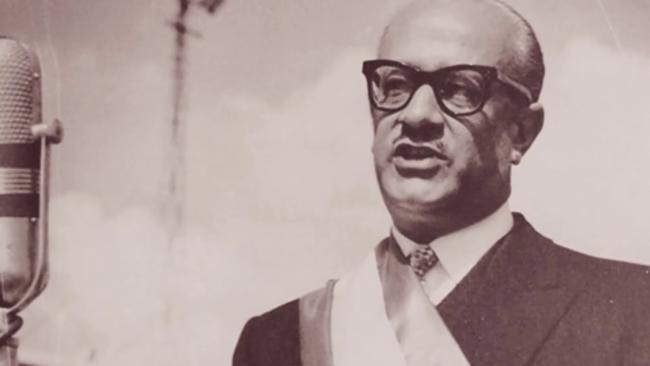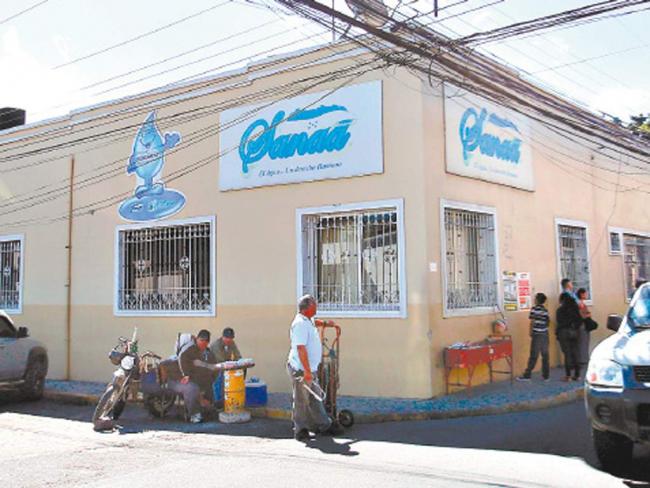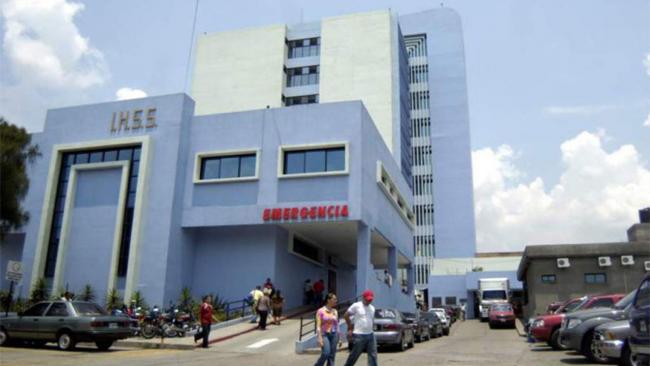As of 1950, a developmental liberalism began to be applied in the governments of Galvez and Villeda, which strengthened the State and underscored its interference as an agent of change.
That is how the Central Bank, the Development Bank, the Ministries of Labor, Health and Agriculture, decentralized institutions in electricity, water and sanitation, telecommunications, the Housing Institute, the Agrarian Reform, Social Security and fiscal entities such as the Comptroller General of the Republic came into being. The 1957 Constitution granted autonomy to the National University.
Nonetheless, the institution that benefited most in this new State was the Army. Barely existing before the Second World War, supported by the United States, the 1957 Constitution granted the army extraordinary powers. The Chief of the Armed Forces ascended to a position parallel to the President of the Republic, the Army had full autonomy to manage its budget, its personnel, and its projects without being accountable to anybody. It was these prerogatives that accentuated its guild character and the defense of its conquests. This explains the coup of 1963, which had been preceded by the coup of 1956 and continued in 1972.
Development Institutions in the Framework of State Modernization
ENEE. The Power Company (Empresa Nacional de Energia Electrica), a decentralized state institution, is responsible for the production, distribution and commercialization of electric energy in the country. It was founded in February 1957, before each town used their own generating units until ENEE built a national network.
SANAA. This decentralized state agency was founded in 1961 to develop the public supply of drinking water and to universalize sanitary sewerage.
IHSS. The Honduran Social Security Institute began operating in 1962. It opened up promising hope for the workers. Private companies and the State had to pay a quota for the benefit of the workers from whom an agreed percentage was to be deducted from their salary.
